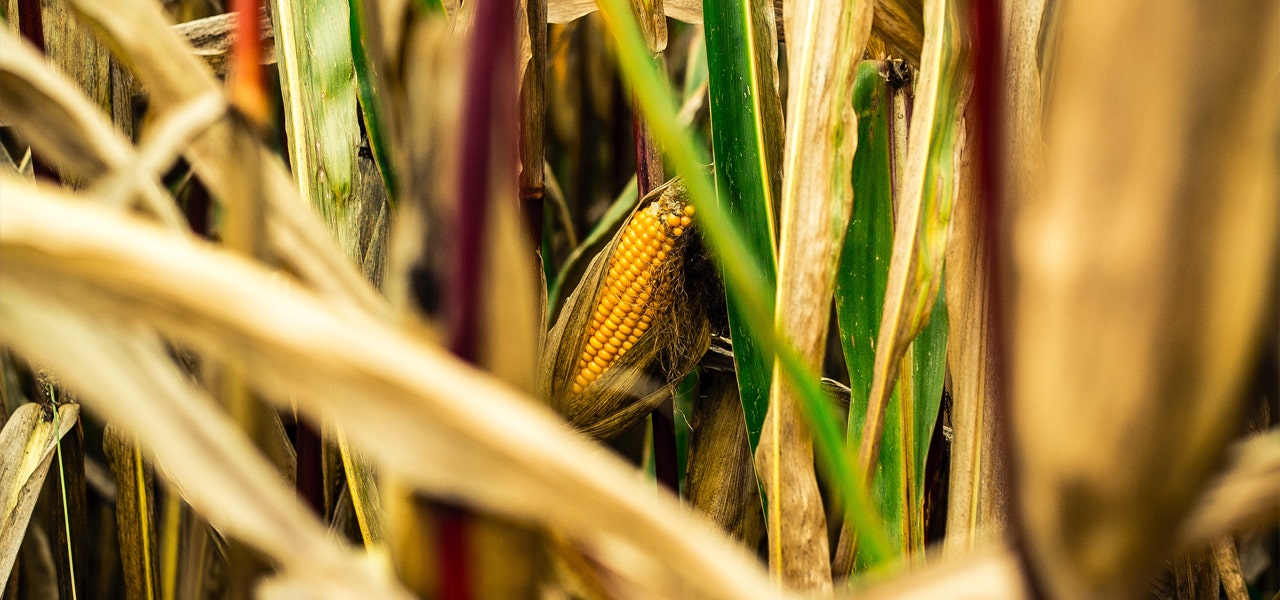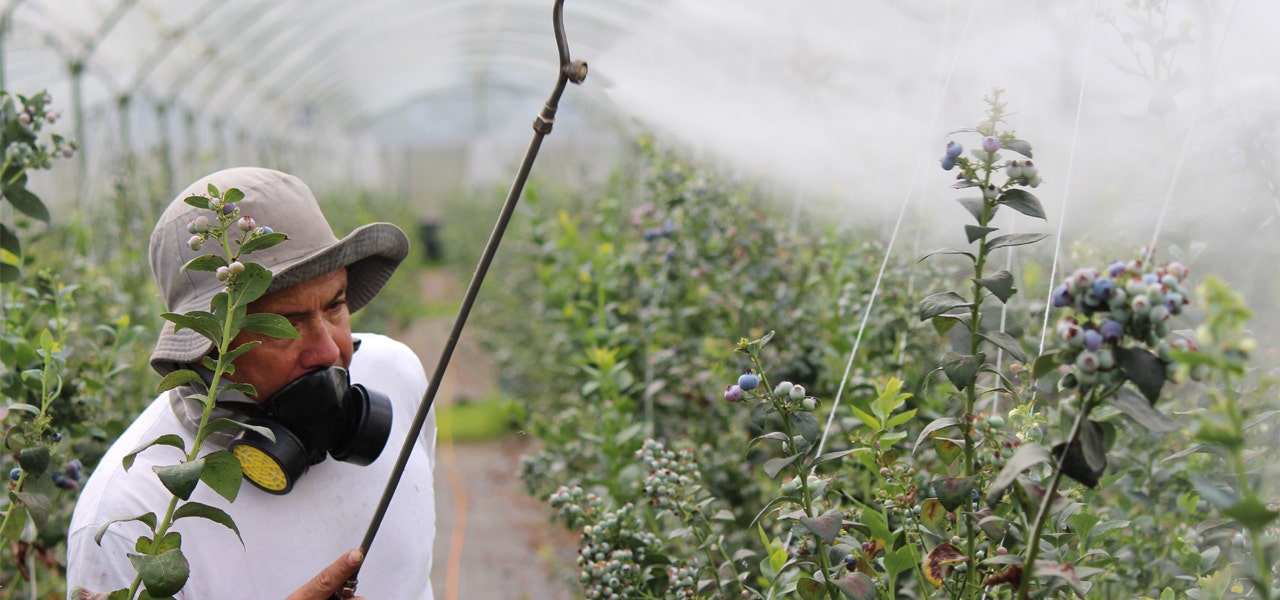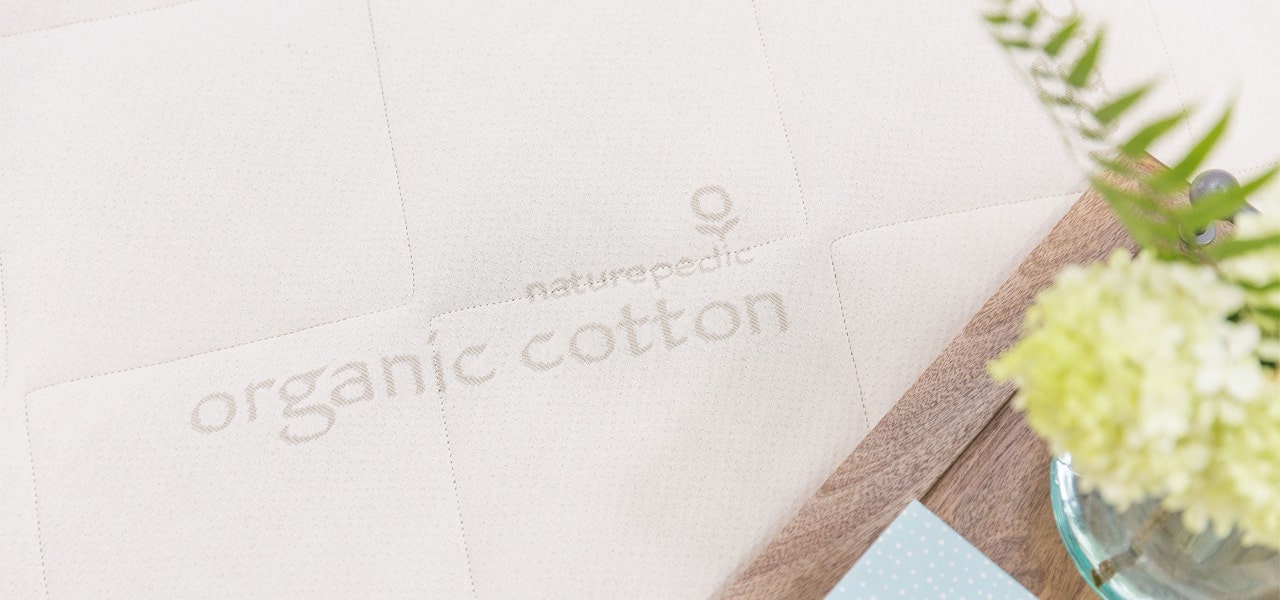Welcome to the Naturepedic ENVIRODATA™ blog series! We'll be sharing regular insights on today's pressing threats to our beautiful planet – both from the conventional mattress industry and from other common household products. Let's learn how to create change!
It's time to add another acronym to your arsenal of things to avoid – GMOs. You may have already noticed these three little letters on some of the foods you buy, but GMOs are actually found in a number of items Americans tend to use every day.
In some instances, GMOs are to credit for making food tastier and more nutrient-rich or for giving your favorite snack its longer shelf life. They can also enable certain crops to grow in harsh conditions, which can help communities with limited access to food and poor economies. So … what’s the problem?
You know the saying that if something’s too good to be true, it probably is? Using GMOs in agriculture is still a new enough practice that scientists can’t yet determine the long-term effects. However, there are many who express concerns in terms of both human health and environmental impact.
Regardless, GMOs are commonplace, and it’s likely you and your children are exposed to them regularly. At Naturepedic, we believe that any chemical or substance is guilty until proven innocent, especially when we’re talking about materials that end up in a newborn’s mattress. Let’s take closer look at what GMOs are, where they’re found, how they impact us – and why Naturepedic says no to GMOs in our certified organic mattresses.
What Is a GMO?
The acronym GMO stands for genetically modified organism. This essentially means the organism in question, often a plant, is not found in nature. Rather, it was created in a lab with the intention of producing a particular result – like that extra tasty food we mentioned. Scientists isolate the trait they want to ensure, copy it and then insert it into the plant’s DNA, thus modifying the natural organism.
With plants – everything from the foods we eat to the cotton we wear and sleep on – scientists grow a modified crop and then sell the GMO seeds to non-organic farmers.
Again, it sounds like a cool breakthrough. But, this process creates unnaturally occurring combinations of organisms and results in a full range of issues we’ll dig into soon.
What Are Some Common GMO Examples?


When you hear the term GMO, your mind probably goes straight to food. This makes sense considering that roughly 80% of the processed foods in the United States contain a genetically modified ingredient. For example, the “sugar” listed in processed foods often comes from genetically modified sugar beets. Here’s a list of some of the ingredients found in processed foods that are derived from genetically modified crops:
- Aspartame
- Ascorbic acid
- Citric acid
- Dextrose
- Natural and artificial flavoring
- High-fructose corn syrup
- Lactic acid
- Sucrose
- Hydrolyzed vegetable protein
- Maltodextrins
GMOs are commonly found in animal food, too. This means that GMO exposure isn’t just about what you eat – it’s also about what you’re eating eats. According to the FDA, more than 95% of the animals used for meat and dairy in the United States eat GMO crops. Common genetically modified crops found in the U.S. that are used for both our food and livestock’s include:
- Corn
- Soybean
- Canola
- Potato
- Summer squash
- Alfalfa
- Apple
- Papaya
However, the truth is that GMOs can be found in personal care items, inks and dyes, medication, clothing and even your mattress. In fact, the process of creating GMOs was initially used to for insulin medications in the treatment of diabetes. Cotton is now a major crop to be wary of in terms of GMOs and just one more reason that Naturepedic always insists on certified organic cotton for our mattresses and sleep accessories.
The Link Between GMOs and Pesticides


Pesticides come up a lot when people talk about the risks of GMOs. Why? The short answer: money.
Pesticides and herbicides, like RoundUp, are used on non-organic farms to yield a larger harvest by protecting crops against pests, insects, weeds and fungi. By intentionally engineering GMO crops to be resistant to pesticides and herbicides, crops that may have been harmed instead grow and flourish despite the hundreds of toxic chemicals they are sprayed with.
The problem is that these pesticides and herbicides are extremely toxic and harmful to our health and our environment. The more resistant GMO crops become, the more pesticides and herbicides are used. According to our friends at Green America, RoundUp, despite containing the known carcinogen glyphosate, rose in usage by 1,500% between 1995 and 2015!
GMO Risks for People and the Planet
Pesticides and herbicides, which we know are heavily used on GMO crops, have been linked to a number of serious health issues. In fact, earlier this summer, news outlets reported that the cancer-causing glyphosate pesticide was found in more than 80% of urine samples from U.S. kids and adults. Aside from cancer, glyphosate has also been linked with:
- Infertility
- Birth defects
- Neurological disorders
- Organ damage
GMOs and the related pesticide use wreak havoc on the Earth, too. The production of GMO crops demands mono-cropping, the practice of growing the same crop in the same plot year after year. This farming method depletes the soil of its nutrients over time and leads farmers to rely on harmful products like fertilizers derived from fossil fuels. Farming with GMOs and pesticides also affects:
- Water usage
- Biodiversity/ecosystems
- Pollinator populations
- The development of superweeds and super pests
As you can see, GMOs create a vicious cycle that impacts everything they touch – humans, the environment and ecosystems.
How to Avoid GMOs
To be proactive about your health, it is crucial to avoid GMOs and glyphosate. Look for the Non-GMO Project verified label when shopping. To reduce exposure and consumption of glyphosate, buy foods with a certified “USDA Organic” label and disinfect produce properly before consuming as some pesticides can make their way onto non-GMO crops due to cross-pollinators. For textiles like clothing, bedding, mattresses, etc., always look for the Global Organic Textile Standard (GOTS) logo, too.
Trust Naturepedic for Non-GMO Sleep


Of course, whether you’re looking for food, clothing or any other products, it’s important to shop from trusted brands that are making a difference. At Naturepedic, the health and safety of our customers is our top priority. With the current risks associated with GMOs, as well as all the unknowns that still remain, we are committed to making our No-Compromise® certified organic mattresses, bedding, pillows and other sleep accessories without GMOs and pesticides.
With cotton being a big offender, you can rest assured that the majority of our GOTS certified cotton is U.S. grown on reputable farms. We import some certified organic cotton fabrics, but we ensure they are also certified organic and that the cotton is grown on reputable farms. In fact, all of our cotton is also certified by the Organic Content Standard (OCS), which ensures proper tracking of organic material from its source to the finished product.
For babies and potty-training toddlers, we know that waterproofing a mattress is a must. And, we’ve taken extra precautions here, too. In fact, we use a food-grade waterproof material derived from non-GMO sugarcane. Browse our baby collection and know that when your little one isn’t in your arms, the safest place is a Naturepedic.
 BABY
BABY  KIDS
KIDS  ADULT
ADULT  LEARN
LEARN  STORES
STORES 